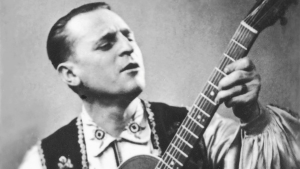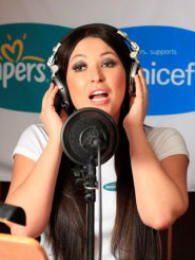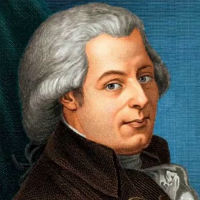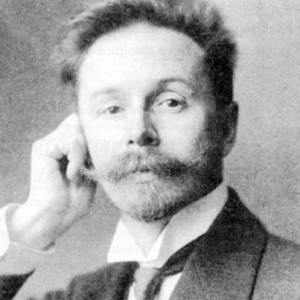Pioneers of Russian chanson
 In the Russian music industry of the 1990s, the concept of “Russian chanson” was a substitute for the inconvenient term “blatant song”. But in the first half of the 20th century, Russian chanson was understood as foxtrots and tangos far from the criminal theme, as well as emigrant, pop, gypsy songs and urban romances. We recall the great performers who stood at the origins of Russian chanson.
In the Russian music industry of the 1990s, the concept of “Russian chanson” was a substitute for the inconvenient term “blatant song”. But in the first half of the 20th century, Russian chanson was understood as foxtrots and tangos far from the criminal theme, as well as emigrant, pop, gypsy songs and urban romances. We recall the great performers who stood at the origins of Russian chanson.
Alexander Vertinsky was not just a pop singer, but a “human orchestra” – a composer, a poet, a performer. And the director and film actor. A chanson, who performed in the genre of urban romance, developed a special style of performance – he combined the melodious recitative with the French p singing. His charm and refined decadent mannerism hypnotized not only the townsfolk, but also the sophisticated aristocrats.
For a long time he acted in the form of Piero – a sad jester, under the mask of whom true nobility and suffering were hiding. With a make-up on his face and costume Piero, the artist visited the scene of almost all the major cities of the Russian Empire and was always sold out. Vertinsky’s repertoire included songs to poems by popular poets of the Silver Age and his own: “Your fingers smell incense,” “Little kreolchik”, “Lilac Negro”, “Today I laugh at myself”, others. Having finally become a living legend, he took off Pierrot’s costume and put on a tail coat – this image he never changed again.
After the October Revolution in 1917, Vertinsky realized that he was not on the way with the new political regime. After attending the funeral of 300 Moscow junkers who died during the October 1917 armed uprising, Vertinsky was deeply impressed by their futile, absurd death. As a result, he wrote the famous romance “What I have to say,” which became one of the most famous Russian anti-war songs. Because of this text, full of sympathy for the enemies of the Bolsheviks, Vertinsky was summoned to the Cheka for explanation. After this alarming episode with the Chekists, the actor went abroad on tour and never returned to the USSR.
Alexander Vertinsky. “What I have to say”
In the years spent abroad, came the bloom of creativity Vertinsky. During his travels around famous French, American and Chinese cabarets and clubs, he wrote the legendary songs “Yellow Angel”, “Palestinian Tango”, “Pani Irena”, “Tango” Magnolia “and other hits. Chanson was allowed to return home only in 1943.
The name of the Romanian artist Petr Leshchenko thundered in Bessarabia (today Romania), and then in Europe and the Middle East in the 20s of the 20th century. He began as a dancer, touring with a group of “Elizarov”. In 1930, Leshchenko and his wife settled in Riga, where he met and became friends with the “king of tango” composer Oscar Strok. With his help, Peter Leshchenko prepared his first song concert. The debut performance was a resounding success with the public – so began his career as a performer.
At the insistence of the String Leshchenko recorded his voice on the record, which gave to patrons of the arts. For sponsorship money, the artist issued gramophone records with the hits “Blue Rhapsody”, “Tell Why”, “Tatiana”, “Sing to Us, the Wind”. But Leshchenko’s business card was the Black Eyes tango, which he played in his stinging and at the same time energetic voice. and pop songs. Petr Leshchenko signed a contract with the Romanian branch of the English recording company Columbia. His songs were released by other record companies – he worked with the Romanian Elektrecord and the Latvian Belacord Electro. In total, the singer recorded about 180 records.
In the 1930s and ’40s, Leshchenko’s records were banned in the USSR – officials considered the artist to be a propagandist of the “pub zahul.” But Soviet citizens at great risk bought records abroad and drove home. In artisanal conditions, they made copies of disgusting quality, then they were sold from under the floor, hid in caches, were not at home. Only in this way could one enjoy the expressive singing of Leshchenko and his particular manner of performance.



